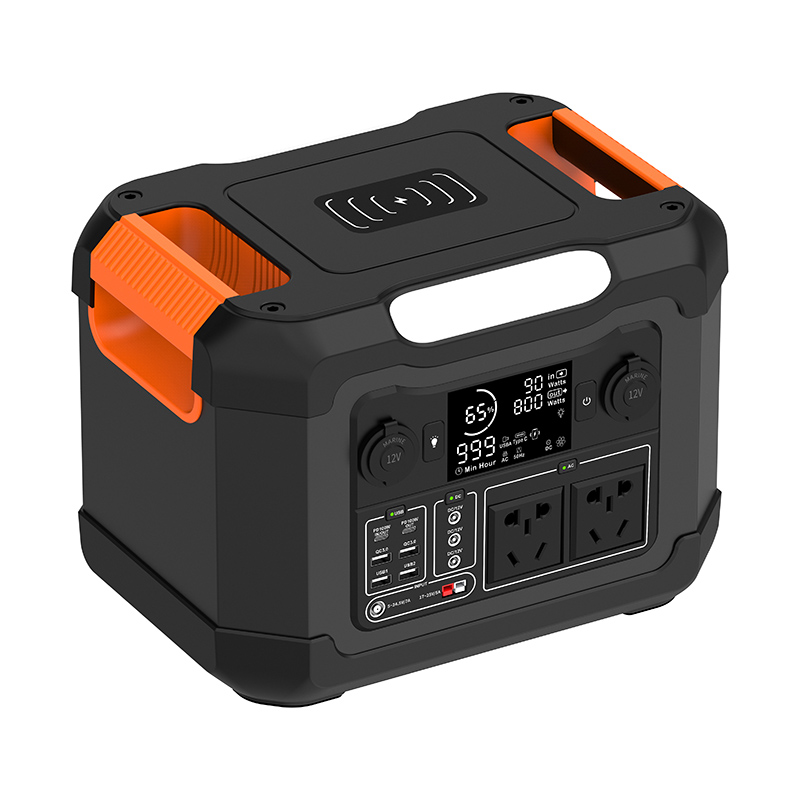Deciphering the Difference: Portable Power Station vs. Car Battery
2024-05-22
In the world of portable energy solutions, two common terms often come to mind: portable power stations and car batteries. While both serve the purpose of storing and delivering electrical energy, there are significant differences between the two. In this blog, we'll delve into the key distinctions between a portable power station and a car battery to help you make an informed decision based on your needs.
Functionality
A portable power station is a device designed specifically for providing power on the go. It's a standalone unit that can be easily transported and used to charge various devices, from smartphones and laptops to small appliances and tools. Portable power stations typically have multiple output ports, such as USB, AC, and DC outlets, allowing you to charge multiple devices simultaneously.
On the other hand, a car battery is primarily designed to power the electrical systems in a vehicle. It's a critical component that ensures the smooth operation of the starter motor, ignition system, and other vehicle electronics. Car batteries are specifically optimized for high cranking amperage and deep cycling, which are necessary for starting a vehicle's engine and running its electrical systems.
Portability
One of the key differences between a portable power station and a car battery is portability. Portable power stations are designed to be lightweight and compact, making them easy to carry and transport. They often come with handles or straps for convenient carrying, and some even have wheels for added mobility.
Car batteries, on the other hand, are much heavier and bulkier. They're designed to be securely mounted in a vehicle's engine bay and are not meant to be easily removed or transported. The weight and size of car batteries make them unsuitable for use as portable power sources.
Capacity and Output
Another significant difference lies in the capacity and output of these two devices. Portable power stations come in various sizes, with capacities ranging from a few hundred watt-hours to several thousand watt-hours. They can provide a steady output of power for hours, depending on the capacity and load being drawn.
Car batteries, on the other hand, have a much smaller capacity, typically measured in ampere-hours (Ah). They're designed to provide a high cranking amperage for a short duration to start the engine, and then provide a steady output to power the vehicle's electrical systems. Car batteries are not designed for continuous heavy-duty use and can be easily drained if used to power devices outside of a vehicle's electrical system.
Safety and Durability
Both portable power stations and car batteries have safety features to protect against overcharging, overheating, and other potential hazards. However, portable power stations often have additional safety measures, such as overload protection and short-circuit prevention, to ensure safe operation in various environments.
In terms of durability, portable power stations are designed to withstand the rigors of frequent use and transportation. They're often made from durable materials and have protective features to prevent damage from bumps and drops. Car batteries, on the other hand, are designed for long-term use in a stationary environment and may not be as resistant to physical damage.
In conclusion, a portable power station and a car battery serve different purposes and have distinct characteristics. A portable power station is a versatile and convenient solution for providing power on the go, while a car battery is a critical component of a vehicle's electrical system. Understanding these differences will help you make the right choice based on your specific needs and requirements.



